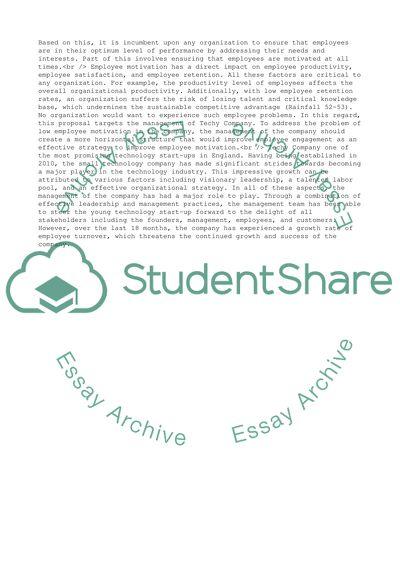Cite this document
(Addressing Low Employee Motivation through Improved Engagement Coursework, n.d.)
Addressing Low Employee Motivation through Improved Engagement Coursework. https://studentshare.org/management/1867198-proposal-argument
Addressing Low Employee Motivation through Improved Engagement Coursework. https://studentshare.org/management/1867198-proposal-argument
(Addressing Low Employee Motivation through Improved Engagement Coursework)
Addressing Low Employee Motivation through Improved Engagement Coursework. https://studentshare.org/management/1867198-proposal-argument.
Addressing Low Employee Motivation through Improved Engagement Coursework. https://studentshare.org/management/1867198-proposal-argument.
“Addressing Low Employee Motivation through Improved Engagement Coursework”. https://studentshare.org/management/1867198-proposal-argument.


